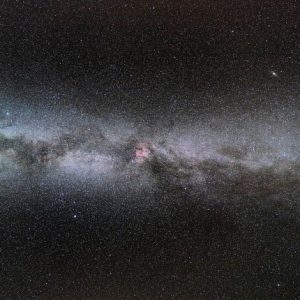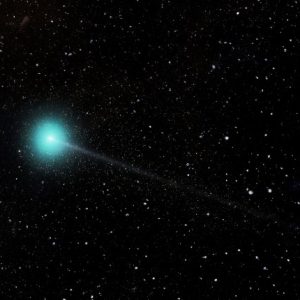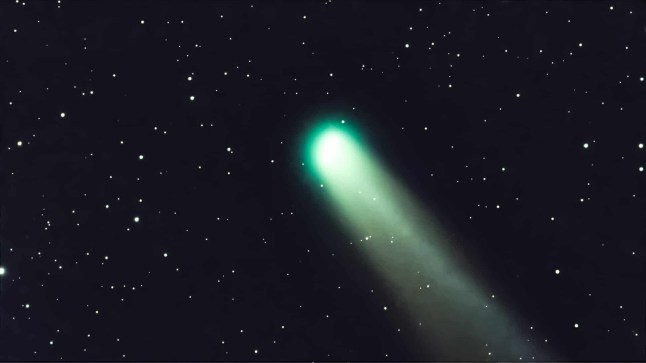
Double comet… oh, my god, double comet, all the way across the sky!
If you’re ready to have your mind blown contemplating the vastness of the universe, mark your calendar for tomorrow (October 20) and the few nights following.
One comet would be cool enough to see, but this month it could be possible to see two of them.
Comets are ancient, dirty snowballs that come from the fringes of our solar system. As they drift past the Sun, the ice turns into gas, leaving behind a wispy, shimmery tail.
And two of them, Swan and Lemmon, will be visible at roughly the same time in our cosmic back garden.
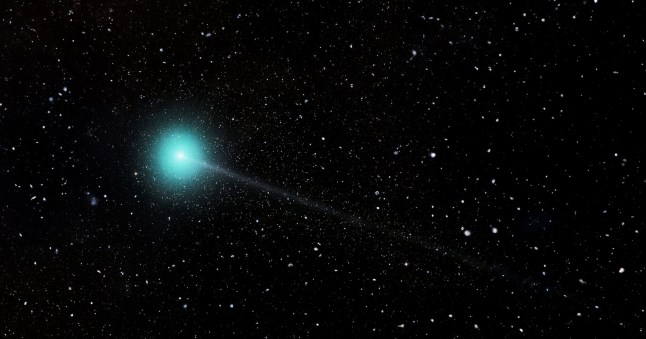
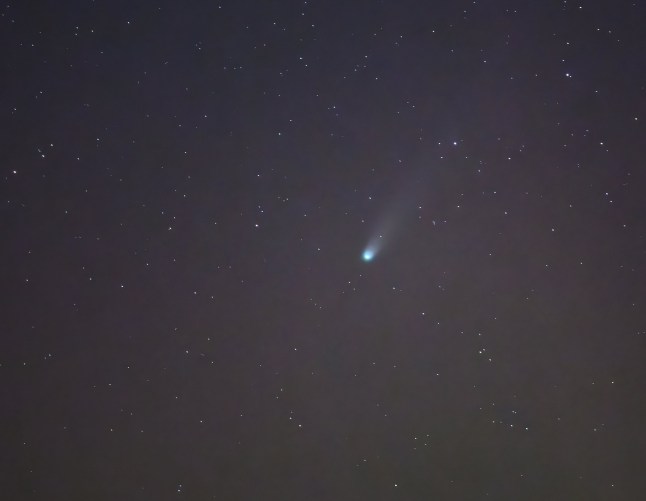
Just to spoil us a bit more, it will also happen at the same time as the Orionids meteor shower, which is when debris from Halley’s Comet causes a shower of shooting stars.
What are these double comets?
C/2025 A6 (Lemmon) was discovered in January, using a telescope from Mount Lemmon in Arizona. At that point, it seemed faint and didn’t cause too much excitement.
But when it reappeared from behind the Sun, it had become significantly brighter, and astronomers now think it might be clear with binoculars, or even to the naked eye.
Meanwhile, C/2025 R2 (SWAN) was found by an amateur Ukrainian astronomer using solar data from the Solar Wind Anisotropies (SWAN) instrument.
Both have already been seen with a green tail using telescopes, but they are due to become so bright that it could be possible to see them just by looking up.
They come from the Ooot Cloud, a giant bubble of frozen junk our solar system is inside. Lemmon circles our star about every 1,351 years, while SWAN completes a lap in 642 years, according to Nasa.
When is the best time to see comets Lemon and SWAN?
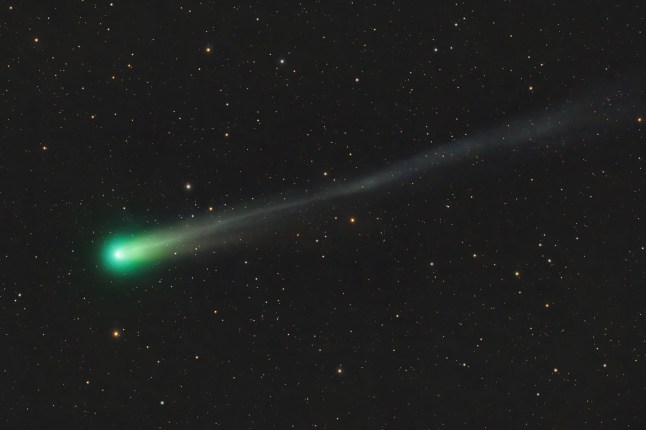
According to StarWalk, the best time to observe Comet Lemmon is now until November 2.
The stargazing website predicted it could be the ‘best comet of 2025’.
It will be near Earth, and will reach its peak brightness around October 31 or November 1, so it’s a nice Halloween treat.
Meanwhile, Swan will reach peak visibility tomorrow, which perfectly coincides with October’s new moon when skies are darkest.
How to see comets Swan and Lemmon
Watch out for Swan low above the southwestern horizon as night falls on October 20, and look northwest to potentially see Lemmon at the same time.
Try to find somewhere with little light pollution and clear skies.
Even then, there’s no guarantee they will brighten enough to be visible with the naked eye, but it won’t be a wasted night even if you just spot the Orionids.
With the right weather conditions, this would be the best night to try, but you might also get lucky during the nights immediately following.
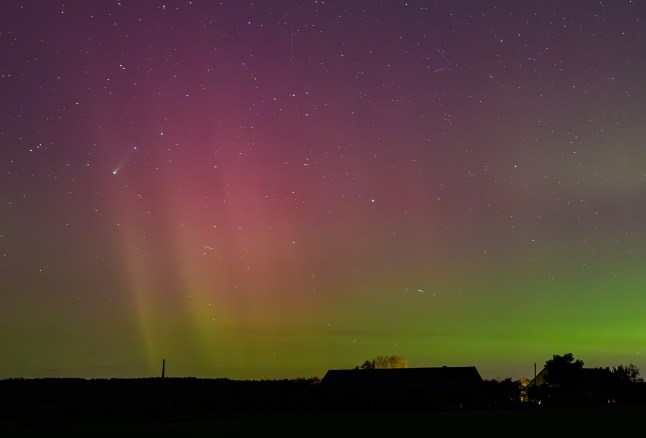
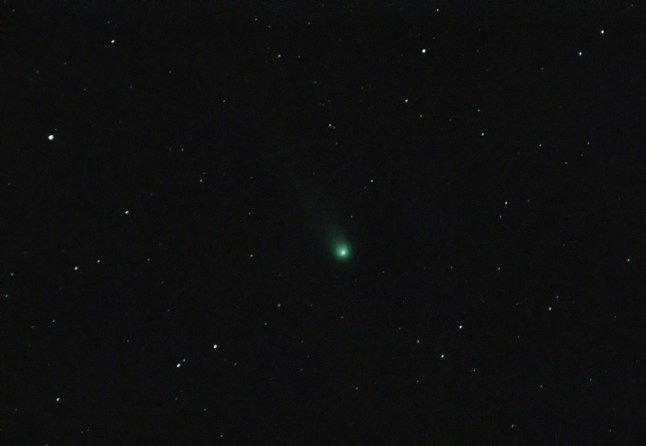
Finn Burridge, a science communicator at the Royal Observatory Greenwich, estimates that SWAN will roughly be as bright as seeing a firefly about 20km away – a magnitude of 6.2,
‘Additionally, it is going to appear quite near the Sun, only visible right after sunset if at all, so you’d need some pretty good binoculars and very dark skies to get a glimpse,’ he tells Metro.
‘But Lemmon is slightly brighter and will appear near Ursa Major (The Plough), which makes viewing it much easier.’
But seeing both at the same time isn’t guaranteed, especially with the naked eye, cautioned Stu Ashley, a stargazer who runs the UK Astronomy Facebook group.
‘Comets change rapidly and it’s almost impossible to predict,’ Stu, 50, tells Metro. ‘The term being floated around the astro community is “they should potentially become”. Now that’s pretty loose in terms of a promise.
‘I’d exercise caution and promote the use of binoculars to guarantee sightings and a much better learning experience at a low cost.’
Are ‘double comet’ events rare?
Very much so, both Finn and Stu say.
‘Comets that make close approaches to the solar system are fairly rare; we only discover a handful a year that come close enough to the Earth to be visible without telescopes,’ Finn explains.
‘So it’s certainly a rare and fortunate event to have two in one month!’
To view this video please enable JavaScript, and consider upgrading to a web
browser that
supports HTML5
video
Stu, a former videographer who lives in Perthshire, Scotland, says that a double-comet event happens ‘perhaps once or twice in a human lifetime’.
To see two dazzling smears on the night sky is something of a ‘cosmic coincidence’, given that these dirty snowballs need to both reach the closest point to the Sun, the perihelion, he adds.
‘But the fact they are both at their brightest (magnification) and that this coincides with a new Moon (super dark skies) makes it for me, an incredibly special event,’ Stu says.
What if I don’t see them this month?
Well, it’s probably not worth waiting around for the next time.
After it moves away from view, Lemmon won’t be seen again unless humans somehow work out how to download our consciousness into the cloud, because it won’t be back for over a millennium.
It was last seen about 1,350 years ago, around the time King Wulfhere died of illness and his brother Æthelred became the next King of Mercia.
There’s even less point waiting on Swan.
After it starts to head back towards the outer reaches of the solar system on November 3, it won’t be back again for more than 20,000 years.
This article was first published on October 12, 2025.
Get in touch with our news team by emailing us at webnews@metro.co.uk.
For more stories like this, check our news page.

